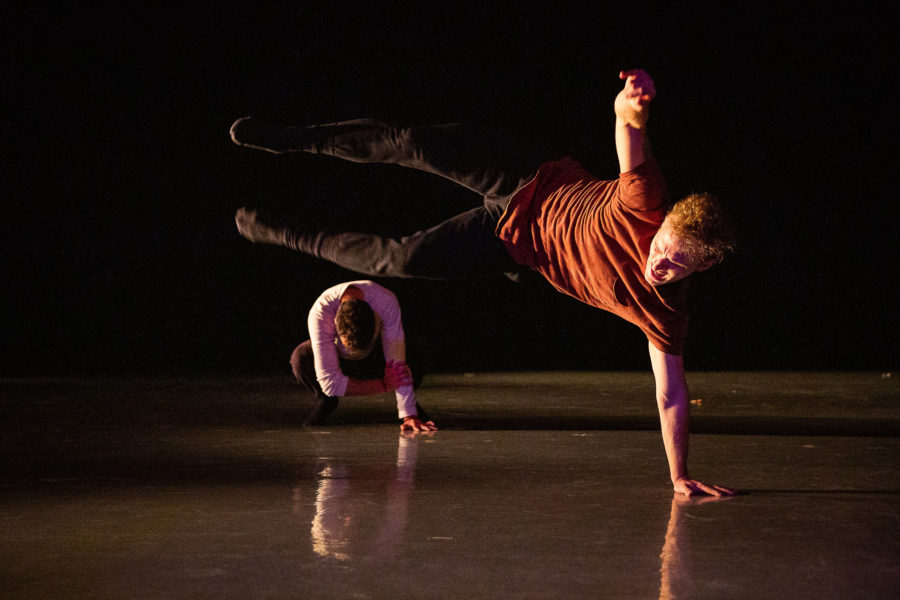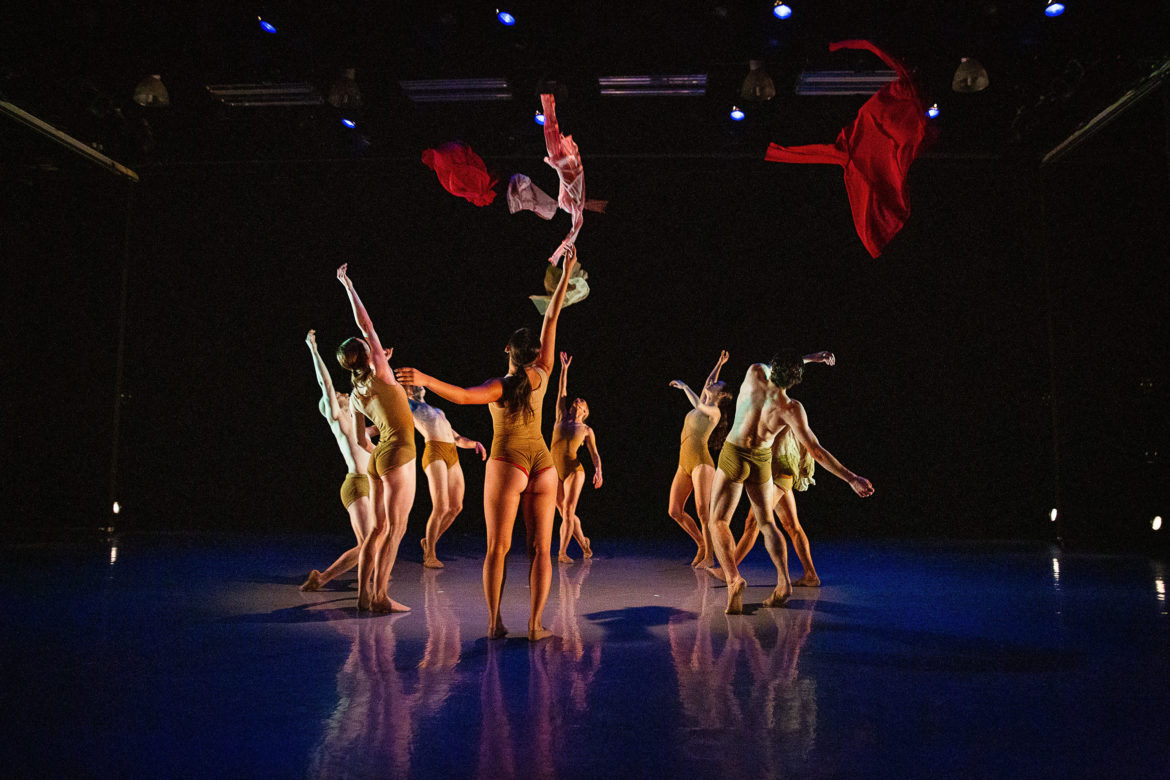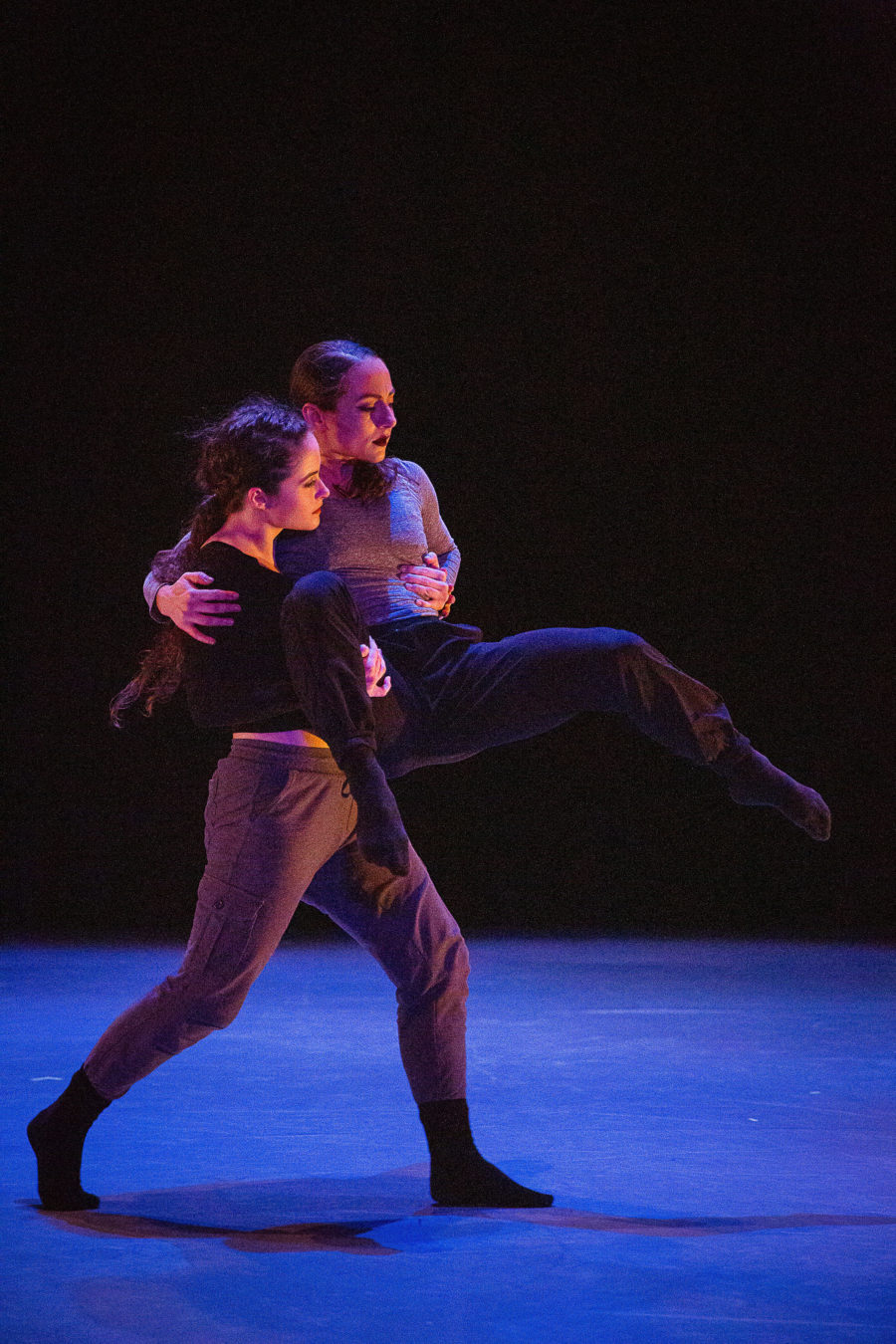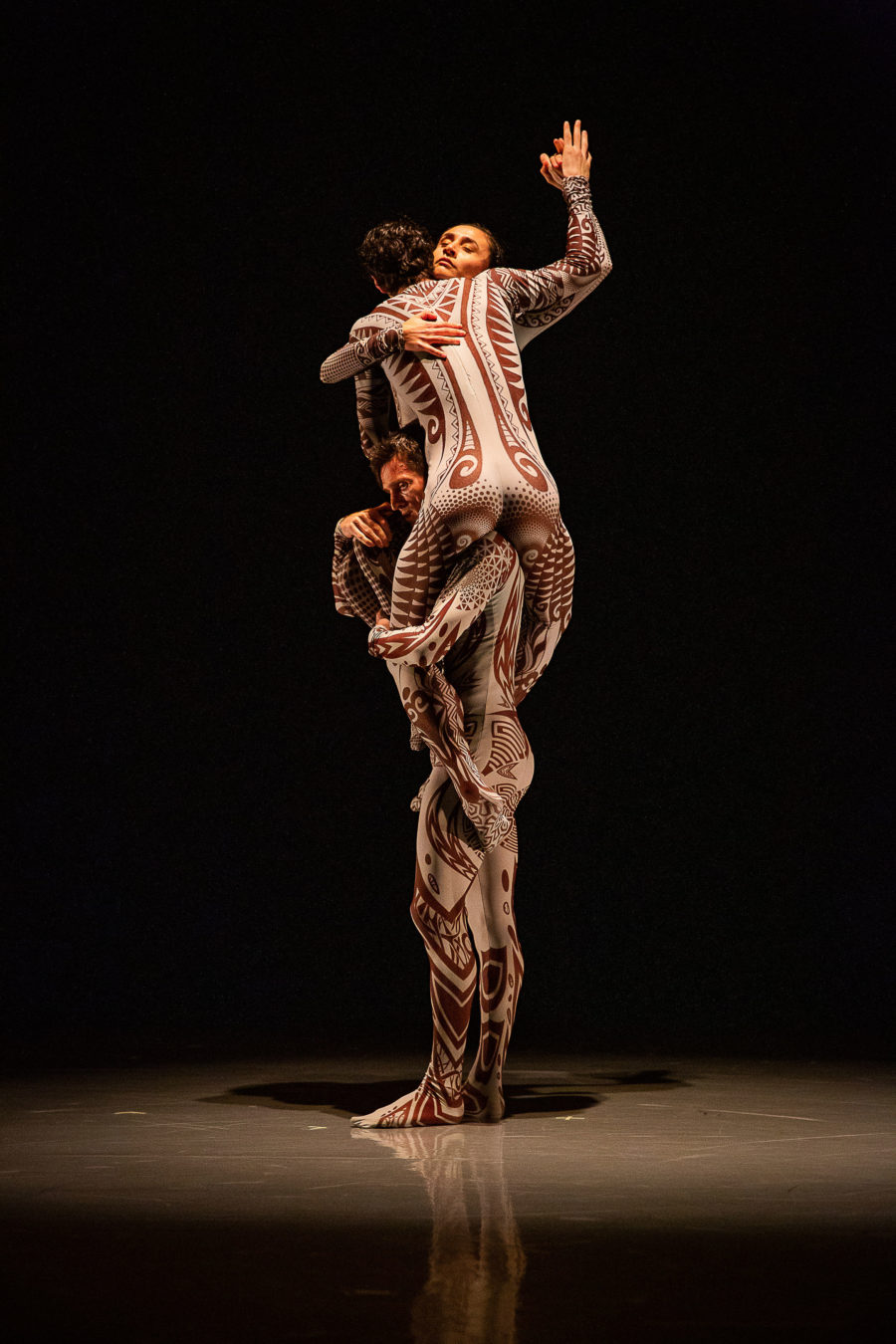The annual Association of Performing Arts Professionals’ (APAP) national conference, which takes place every January in New York City and running January 3 – 8 in 2019, is an ideal event for networking and professional development, but probably the most attractive of its offerings are the hundreds of showcases across the New York boroughs.
From already established musicians and theatre and dance companies to up-and-coming artists, APAP showcases ̶ official and unofficial ̶ present an opportunity to get work in front of programmers, managers, booking agents and producers from across the United States and, to a lesser extent, the world.
The Salvatore Capezio Theater, a black box theatre housed within the Peridance Capezio Center – home to the Manhattan-based Peridance Contemporary Dance Company – is an official APAP conference venue presenting a dance showcase over the conference weekend.
The showcase is divided into two programs, each comprised of 10 to 11 brief dance pieces between five to ten minutes in length. Some are excerpts from full length productions, while in others are short, stand-alone choreographies.
These showcases are in essence a pu pu platter of dance, just enough to pique one’s interest in a choreographer, company or even a particular dancer. While it’s tremendously difficult to judge a choreographer or a company from such a limited encounter, it is sufficient to whet one’s appetite for more.
Needless to say, a good curatorial sense when choosing exactly what piece to present at a showcase, plays a big part in how successful the showcase is at generating ongoing interest.

These showcases favor lesser known companies and choreographers desirous of kickstarting a burgeoning career. Garnering visibility is often elusive when an artist’s name is not yet well known, so showcases offer a self-financed way to get work in front of audiences that can help further a career in any number of ways, but primarily by producing new and more plentiful opportunities for garnering visibility.
At The Wonderful World of Dance, we would be remiss if we didn’t contribute to the process. Because of a packed APAP schedule, we were only able to attend one of the Salvatore Capezio Theater’s two showcases, but it was well worth attending, leaving us impressed with a number of choreographers, dancers and companies.
While the quality of the pieces was high overall, we’ve chosen to cover those works that most surprised us with their originality of concept and choreography, with a specific focus on noticeably unique choreographic voices.
As their dance center played host to showcase, the Peridance Contemporary Dance Company was the only ensemble to perform in both programs. In Program A, the company performed excerpts from the 2017 evening-length work Dia-Mono-Logues, choreographed by the company’s Artistic Director Igal Perry to original music by Ofer Bashan.

Even the brief excerpt provided a solid impression of the overall gist of the piece and did justice to the production’s title. In the span of about 10 minutes, we are treated to a solos, duets and group choreographies.
The piece opens with a young man alone, barely clad in black dance shorts. He runs his hand across his face and body as though admiring himself in a mirror. It’s clear that we are witnessing a private inner monologue, creating a sort of voyeuristic delight for the viewer. There is a sensuality to the movement, but also somewhat grotesque element of vanity in the dancer’s facial expressions and posturing. It’s an interesting dichotomy and the product of good acting and directing.
The male/female duet that follows is both rigid and slightly mechanical yet lyrical, which is a duality that seems to best capture Peridance’s style, at least in this performance. The work had many of the elements common to contemporary dance, the angularity, the groundedness, but at the same time the a soft, smoothness to movement more typical of classical dance and a clean technique that values strong, defined lines. The dancers are clearly versatile and technically impeccable, leaving us interested not only in seeing more of Dia-Mono-Logues, but more of the company and its works.
The New York-based contemporary dance company Abarukas, founded in 2012 by choreographer and Artistic Director Yoshito Sakuraba, showcased The Salty Land, a piece choreographed by Sakuraba and commissioned by Fini Dance for a debut performance on August 28, 2018. Set to the beautifully minimalistic score of “The Rocket Builder” by Icelandic composer Johann Johannsson, The Salty Land is an entrancing and dynamic work that seems to derive choreographic inspiration from a variety of styles.

The dance is clearly contemporary, but there are a variety of elements that give quick nods to ballet, breakdance and even the martial arts. It seems an odd combination that could very easily go wrong, but Sakuraba makes it all so very right. The styles fuse beautifully and organically, flowing in and out of each other with such a natural rhythm that they are, of course, noticeable but not jarring.
Acrobatic elements mingle with long swaths of highly balletic movement, which again, seem as though they should be at odds, but actually accentuate one another in an engrossing and cohesive manner. Just as with Peridance, Abarukas’ dancers are marvelously versatile, performing powerful, aggressive movement one moment and graceful, swooping motions the next. This versatility and pluralistic choreographic style make The Salty Land a complex piece worth watching more than once and Abarukas a company that the dance world must keep a very close eye on.
Last but certainly not least, is French-born but New York-based dancer and choreographer Manuel Vignoulle’s Earth. Prior to the APAP showcase, Earth, won Vignoulle and his company M/Motions the Grand Prize Award at the McCallum Theatre Choreography Festival in November 2018, and after the showcase it was a clear favorite of ours.
From the moment the soft, bare stage lights go up on Earth, the piece strikes a markedly different tone from all of the other works in the showcase but also from much of the work in general that is being made today. The serene, almost meditative new age musical score composed by Deuter sets a relaxed, contemplative pace for a piece that strikes a moving and delicate balance.

What best defines this work for one female and two male dancers is the weight placed on interconnectivity. All three dancers are in constant contact, and any break in their connection would seem unnatural and possibly spell disaster, as the entire premise of the piece is the affinity and cooperation established between bodies in continuous, interrelated motion.
The strength and coordination required for such an intricate piece are unquestionable, and as such the three dancers – Danica Paulos, Matteo Fiorani and Vignoulle – work tremendously well together; all relying entirely on each other’s timing and support to make the piece successful. However, it was Fiorani that seemed to shine just a little brighter than his cohorts. His gestural expressivity and the overall elegance of every movement made him a dancer we’ll be keeping tabs on.
Vignoulle’s choreography is clearly thoughtful, as it is intent on telling a story without having to use a standard narrative thread to make the story compelling. Yet even more fascinating is the fact that his choreographic style cannot be easily defined. It’s neither neoclassical nor contemporary, but it is modern and lyrical, and it is heavily dependent on physical strength and tempered agility. Obviously unique, Vignoulle has a real chance of forging a very strong choreographic career if he continues to defy expectations and remains true to a vision worth developing further.
Read our report about APAP’s session on Race, Disability & Trans Equity in Dance Presenting


